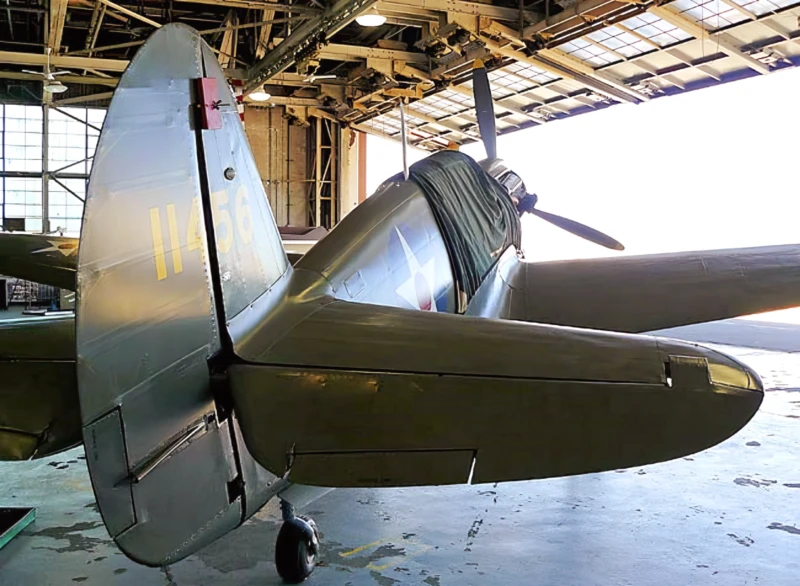
Curtiss P-40 Warhawk | |
|---|---|
| Riik | USA |
| Rolli | Hävitus- ja maapealse rünnaku õhusõidukid |
| Esimene lend | 14. oktoober 1938 |
| Ehitatud | 13738 |
2007 Curtiss P-40 Warhawk oli Ameerika ühemootoriline, ühekohaline, metallist hävitus- ja maapealne ründelennuk, mis lendas esmakordselt 1938. aastal. P-40 disain oli eelmise Curtiss P-36 Hawki modifikatsioon, mis vähendas arendusaega ja võimaldas kiiret tootmis- ja operatiivteenistusse sisenemist. Warhawki kasutasid 28 riigi õhujõud, sealhulgas enamiku liitlasriikide õhujõud Teise maailmasõja ajal, ja jäid rindeteenistusse kuni sõja lõpuni. See oli P-51 ja P-47 järel kolmas enim toodetud Ameerika hävitaja; 1944. aasta novembriks, kui P-40 tootmine lõpetati, oli ehitatud 13 738, kõik Curtiss-Wright Corporationi peamistes tootmisrajatistes Buffalos, New Yorgis.
Allikas: Curtiss P-40 Warhawk Vikipeedias
| Curtiss P-40 Warhawk 22 | |
|---|---|
| Fotograaf | Teadmata |
| Lokaliseerimine | Teadmata |
| Fotod | 30 |
| Curtiss P-40C Warhawk Walk Around | |
|---|---|
| Fotograaf | Vladimir Jakubov |
| Lokaliseerimine | Lendav pärandikogu |
| Fotod | 54 |
| Curtiss P-40 Warhawk Walk Around | |
|---|---|
| Fotograaf | Bill Maloney |
| Lokaliseerimine | American Air Poweri muuseum |
| Fotod | 30 |
Vaata ka:
| Curtiss P-40-E Kittyhawk Walk Around | |
|---|---|
| Fotograaf | Cees Hendriks |
| Lokaliseerimine | Teadmata |
| Fotod | 30 |
| Curtiss P-40E Warhawk Walk Around | |
|---|---|
| Fotograaf | Vladimir Yakubov |
| Lokaliseerimine | Võitlejatehas, Virginia rand |
| Fotod | 120 |
| Curtiss-Wright P-40N Kittyhawk Walk Around | |
|---|---|
| Fotograaf | John Shupek |
| Lokaliseerimine | Teadmata |
| Fotod | 12 |
2007 Curtiss P-40 Warhawk was an American single-engine, single-seat, all-metal fighter and ground-attack aircraft that saw extensive use by Allied powers during World War II. Though often overshadowed by faster contemporaries, the P-40 was a robust, reliable, and crucial aircraft, particularly in the early years of the conflict.
Design and Characteristics
- Roll: Fighter and Ground-Attack. It was the third-most produced American fighter of World War II.
- Mootor: It was powered by the **Allison V-1710 V-12 liquid-cooled engine**. A lack of a high-altitude, two-stage supercharger in the most numerous early variants limited the P-40’s performance above 15,000 feet.
- Armament: Armament varied, but typical P-40s were armed with **Six .50 caliber (12.7 mm) Browning machine guns** mounted in the wings. It could also carry a bomb, making it an effective fighter-bomber.
- Strengths: The P-40 was noted for its **excellent diving speed**, **tough construction**, and **heavy armor plating**, making it highly survivable in combat and an ideal platform for ground attack.
- Weaknesses: Its primary disadvantage was its **poor performance at high altitudes** and its relatively **low climb rate**.
Tegevuse ajalugu
The P-40 served in nearly every theatre of the war under various names and with numerous air forces:
- The Pacific and China: The Warhawk is most famously associated with the **Flying Tigers** (American Volunteer Group) in China, where its iconic shark-mouth nose art became a symbol of Allied air power. Its ruggedness and good low-to-medium altitude performance made it effective against Japanese aircraft.
- North Africa: Under British and Commonwealth service, it was known as the **Tomahawk** (early variants) and **Kittyhawk** (later variants). It was vital in North Africa, where the majority of air combat occurred at lower altitudes where the P-40 was competitive.
- Soviet Union: The P-40 was supplied to the Soviet Union through the Lend-Lease Act, where it was used as a frontline fighter, primarily for ground attack and air superiority at low altitudes.
The P-40 Warhawk was instrumental in keeping Allied air forces competitive in the early stages of World War II until more advanced fighters became widely available.
Views : 12398
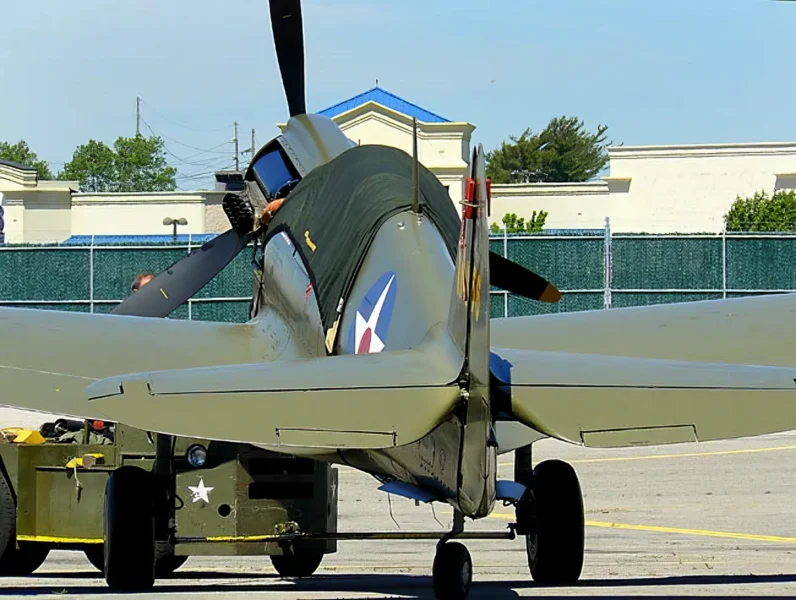
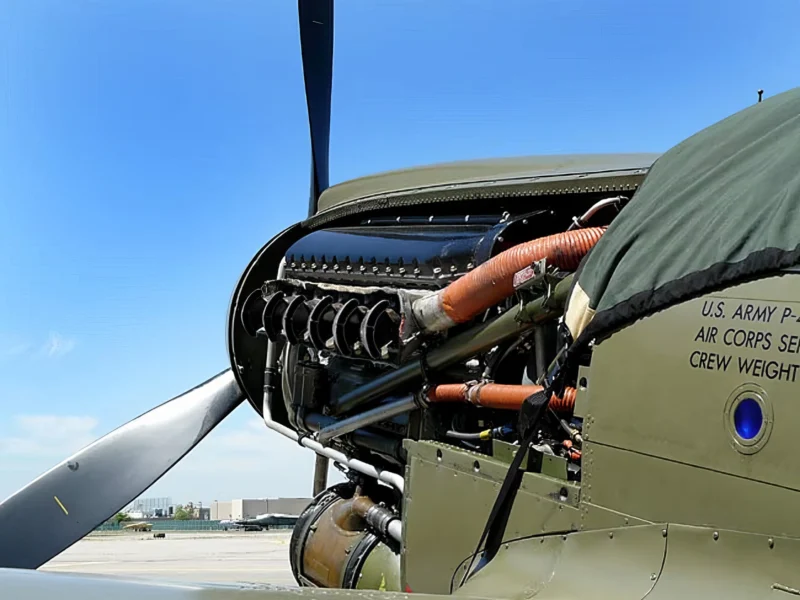
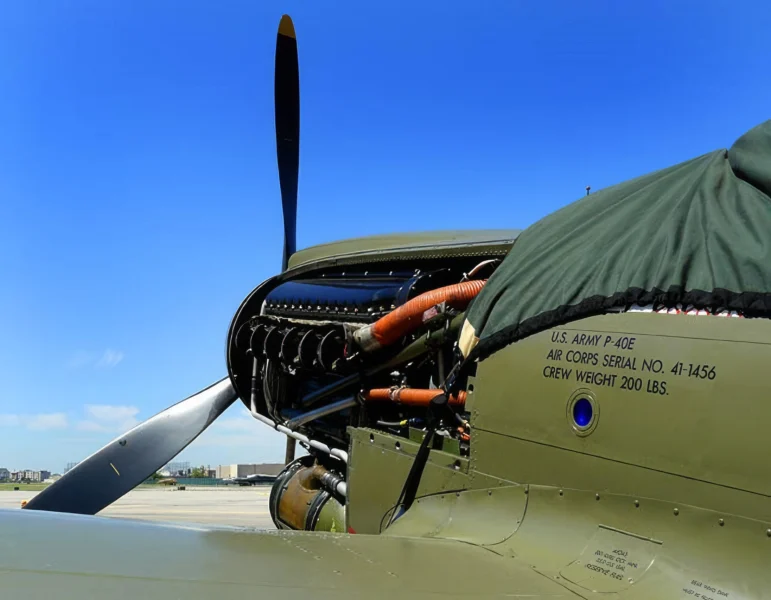
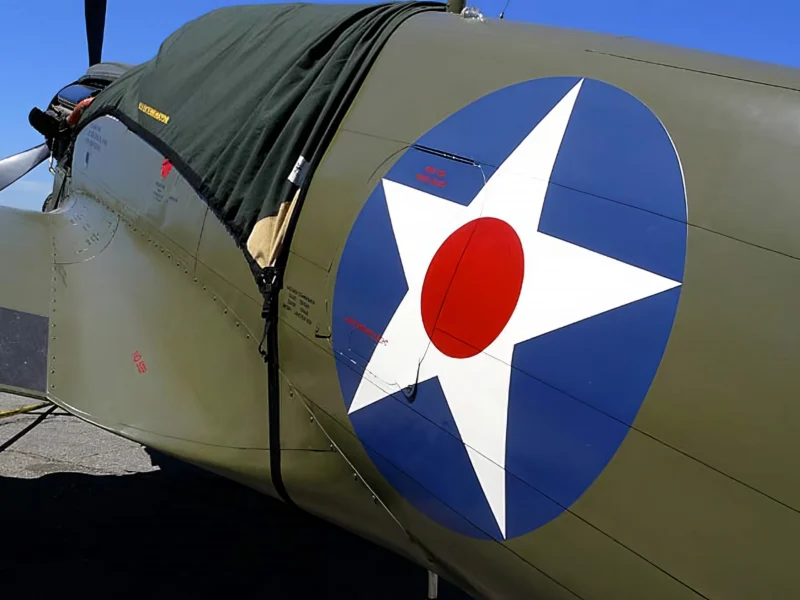
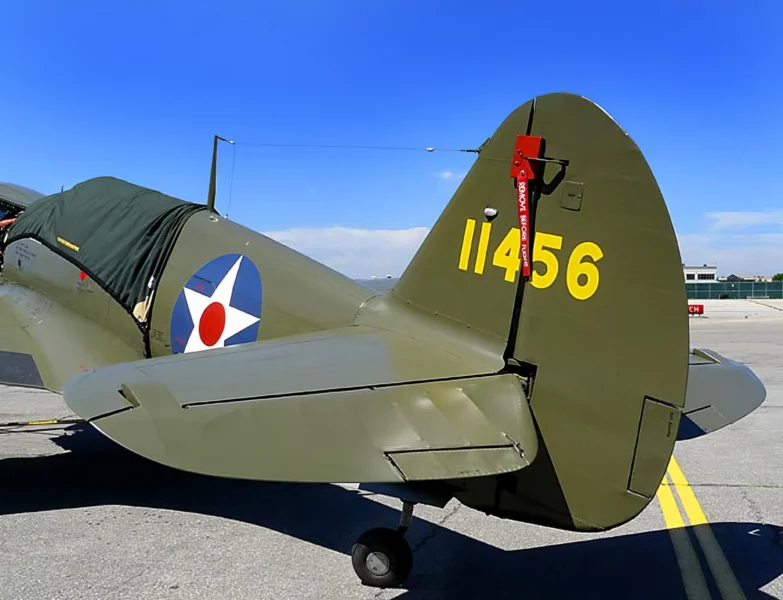
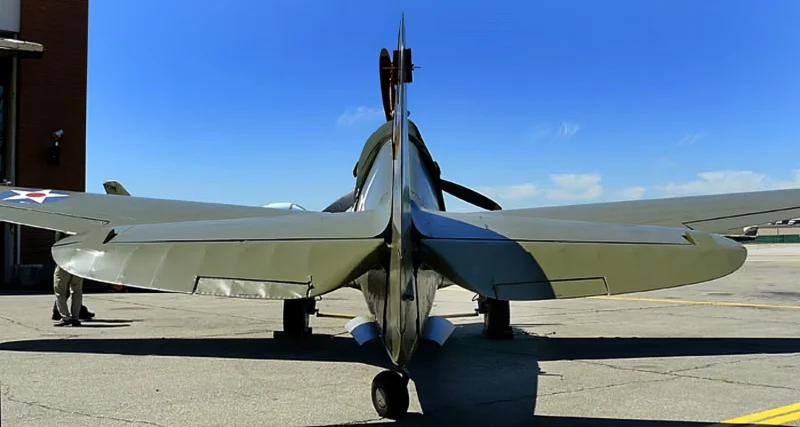
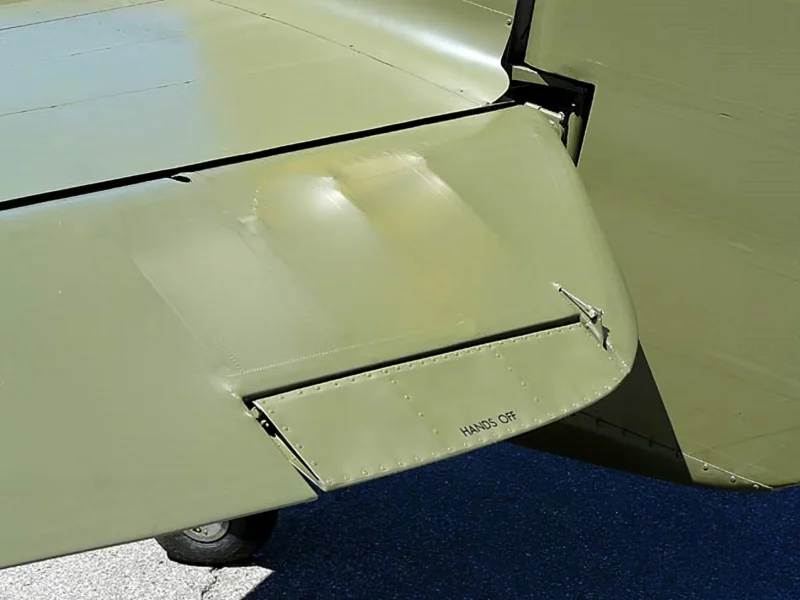
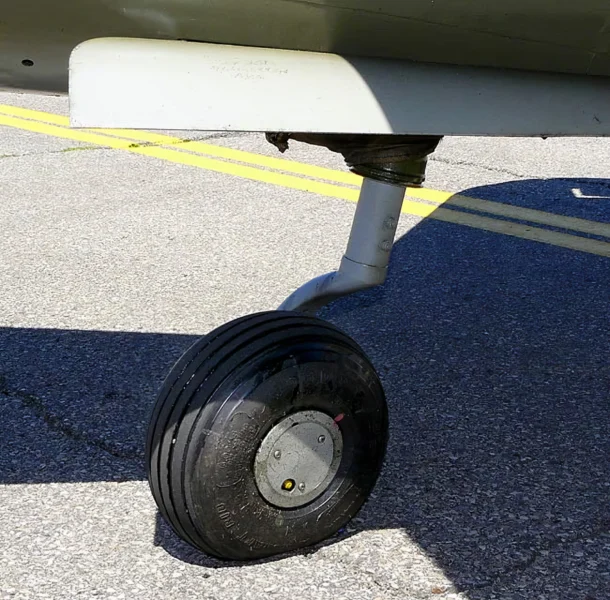
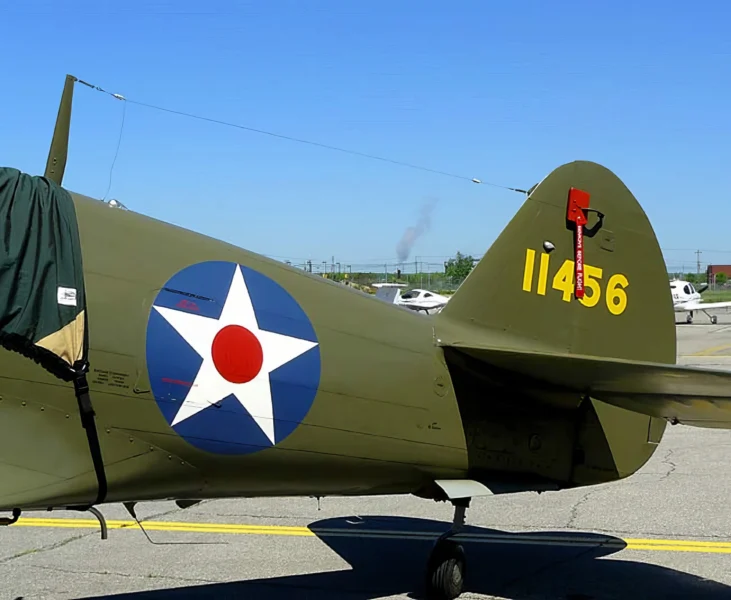


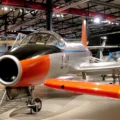
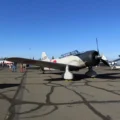
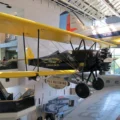
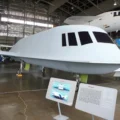
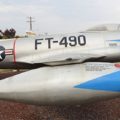
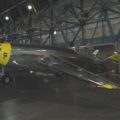
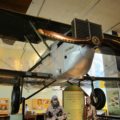
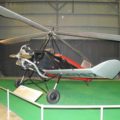
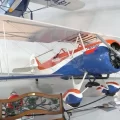
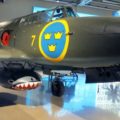
Uus komplekt 54 fotost Curtiss P-40C Warhawkist